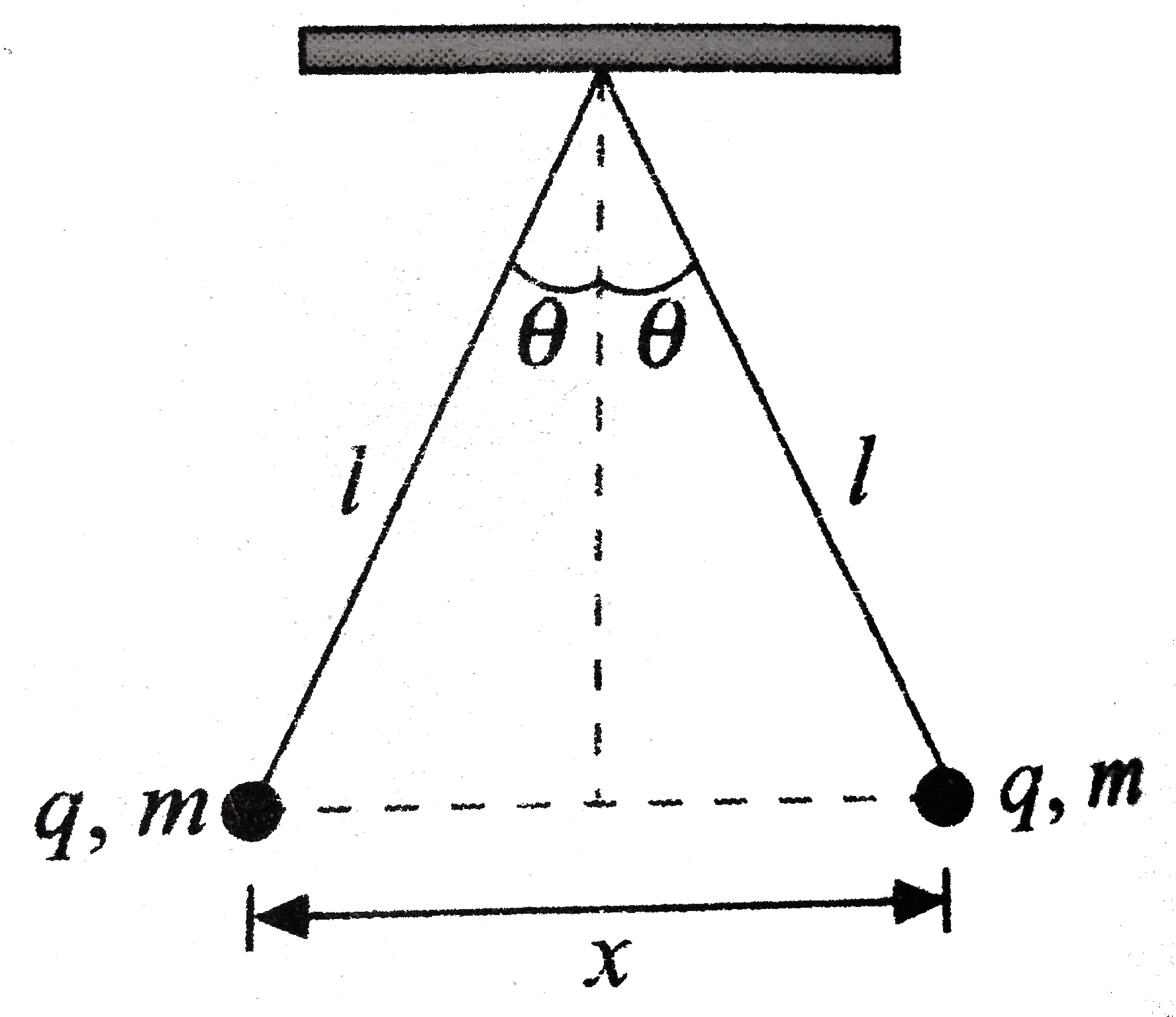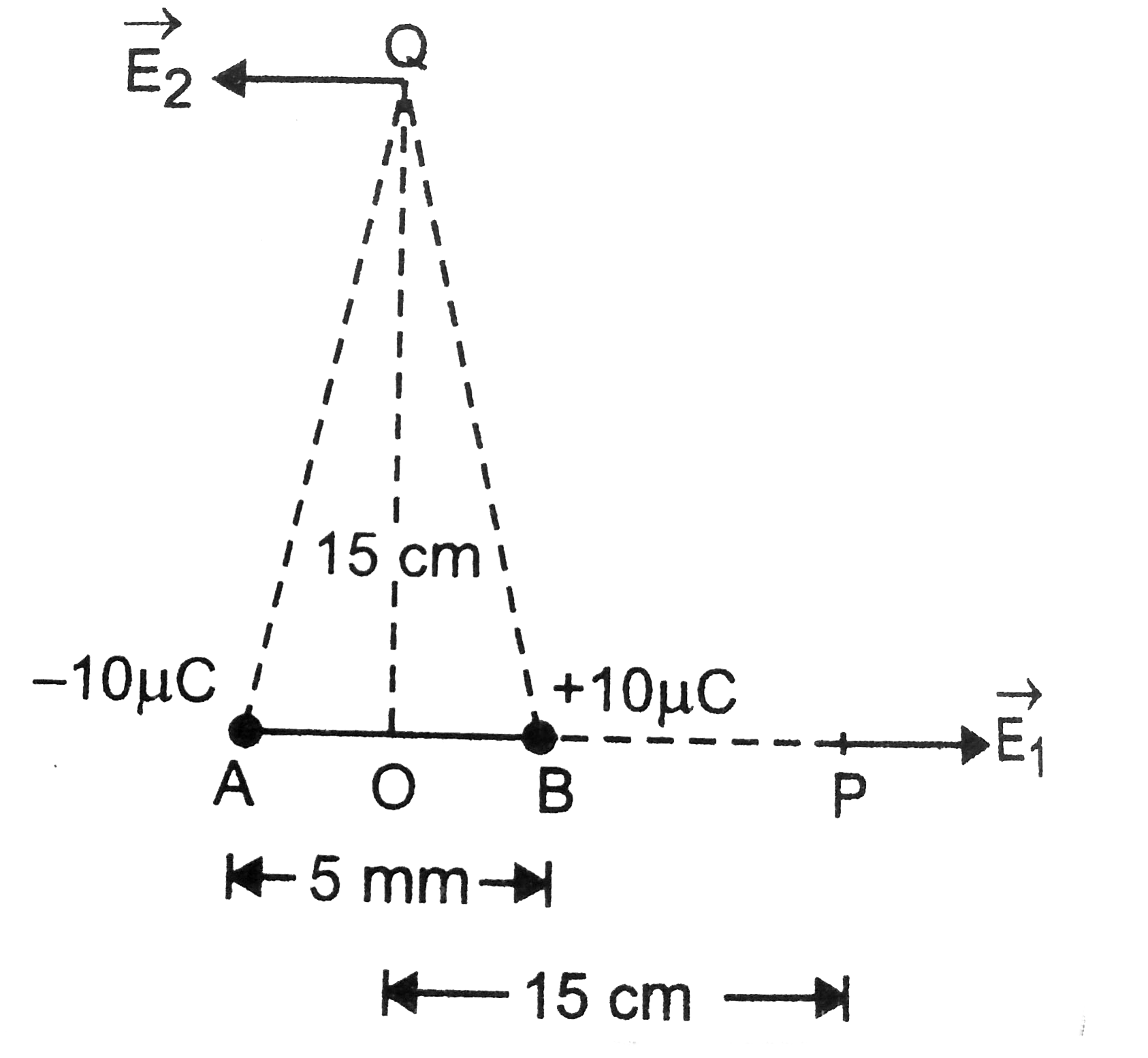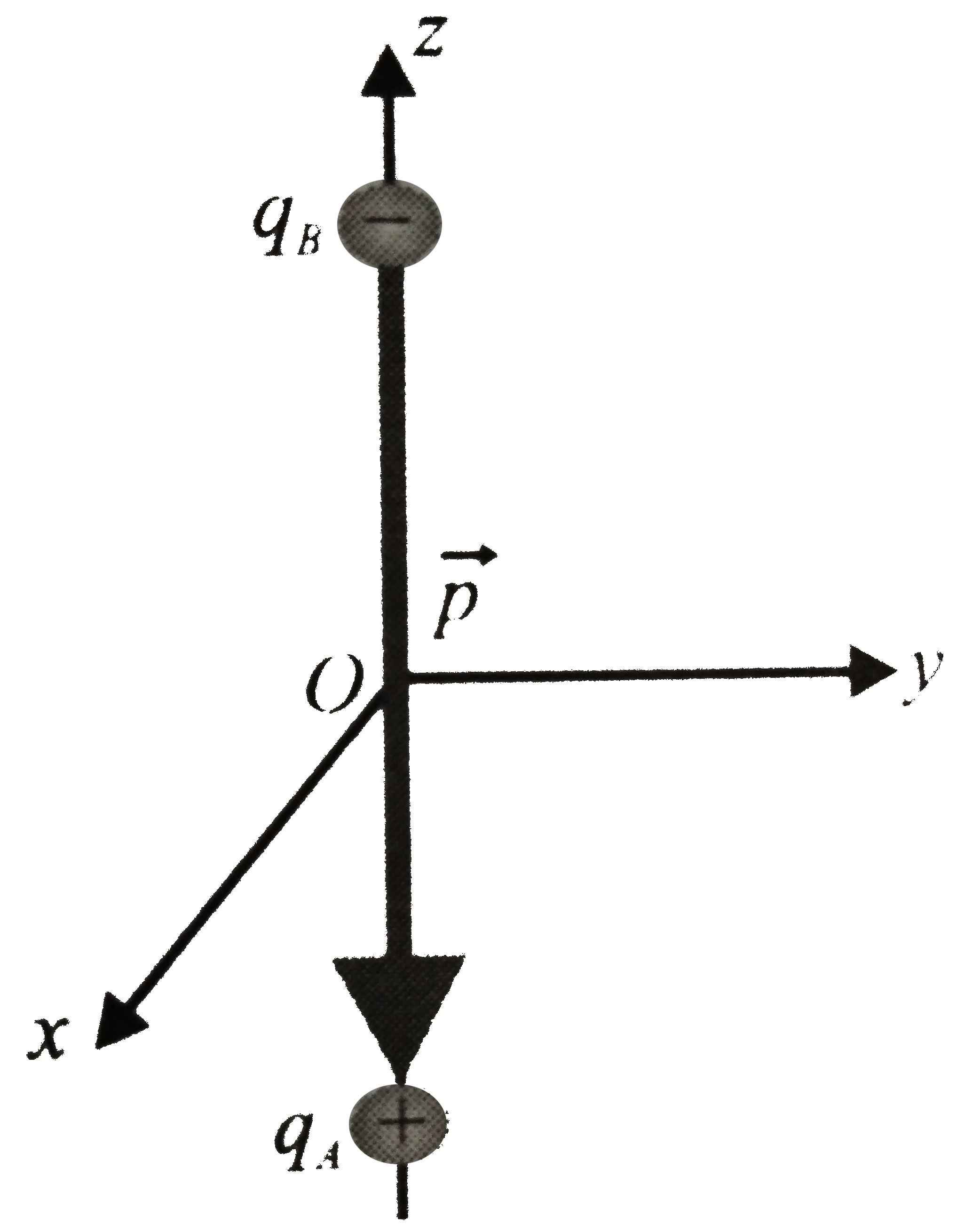Example from DHANPAT RAI & CO PHYSICS Chapter 11 ELECTROSTATIC FORCES, CHARGES AND FIELDS for Class 12
| Class 12 | PHYSICS |
| Chapter | ELECTROSTATIC FORCES, CHARGES AND FIELDS |
| DHANPAT RAI & CO PHYSICS | Example |
| Medium | English |
| Academic Year | 2023-2024 |
Question 4
It is now believed that protons and neutrons (which constitute nuclei of ordinary matter) are themselves built out of more elementary units called quarks. A proton and a neutron consist of three quarks each. Two types of quarks , the so called 'up' quark, (denoted by U) of charge +(2/3) e and the 'down' quark (denoted by d) of charge (−1/3) e together with electrons build up ordinary matter. (Quarks of each other types have also been found which give rise to different unusual varieties of matter). Suggest a possible quark composition of a proton and neutron.View SolutionQuestion 12
(a) Two insulated charged copper spheres A and B have their centers speparated by a distance of 50 cm. What is the mutal force of electrostatic repulsion if the charge on each is 6.5×10−7C ? The radill of A and B are negalible compared to the distance of separation.
(b) What is the force of repulsion if each sphere is charged double the above amount, and the distance between them is halved ?View SolutionQuestion 13
Two identical point charges Q are kept at a distance r from each other. A third point charge is placed on the line joining the above two charges such that all the three charges are in equilibrium. The third charge
(a) should be of magnitude q=………..
(b) should be of sign .......
(c) should be placed ........ . View SolutionQuestion 15
Two identical conducting spheres, fixed in space, attract each other with an electrostatic force of 0.108N when separated by 50.0cm, centre-to-centre. A thin conducting wire then connects the spheres. When the wire is removed, the spheres repel each other with an electrostatic force of 0.0360N. What were the initial charges on the spheres? View SolutionQuestion 16
Two similar balls, each of mass m and charge q, are hung from a common point by two silk threads, each of length l. Prove that separation between the ball is x=[q2l2πε0mg]1/3, if θ is small
Find the rate dqdt with which the charge should leak off each sphere if the velocity of approach varies as v=a/√x, where a is a constant.
 View Solution
View SolutionQuestion 17
Two small spheres each of mass m kg and charge q coulomb are suspended from a point by insulating threads each of l length, but of negligible mass. If θ is the angle which each string makes with the vertical vertical when equilibrium has been reached, show that
q2=4mgl2sin2θtanθ(4π∈0)View SolutionQuestion 22
Ten positively charged particles are kept fixed on the x-axis at points x=10cm, 20cm, 30cm, …, 100cm. The first particle has a charge 1.0×10−8C, the second 8×10−8 C, the third 27×10(−8)C and so on. The tenth particle has a charge 1000×10−8C. find the magnitude of the electric force acting on a 1 C charge placed at the origin. View SolutionQuestion 31
An electron is liberated from the lower of the two large parallel metal plates separated by a distance of 20 mm. the upper plate has a potential of +2400V relative to the lower plate. How long does the electron take to reach the upper plate ? Take em of electrons 1.8×1011Ckg−1View SolutionQuestion 32
An electron falls through a distance of 1.5 cm in a uniform electric field of magnitude 2.4×104NC−1 [Fig.1.12 (a)]. The direction of the field is reversed keeping its magnitude unchagned and a proton falls through the same distance [Fig. 1.12 (b) ]. Complute the time of fall in each case. Contrast the situation (a) with that of free fall under gravity.
 View Solution
View SolutionQuestion 44
Two charges ±10μC are placed 5⋅0mm apart. Determine the electric field at (a) point P on the axis of dipole 15cm away from its center on the side of the positive charge. As shown in Figure and at (b) a point Q. 15cm away form O on a line passing through O and a line passing through O and normal to the axis of the dipole as shown in Fig.
 View Solution
View Solution

